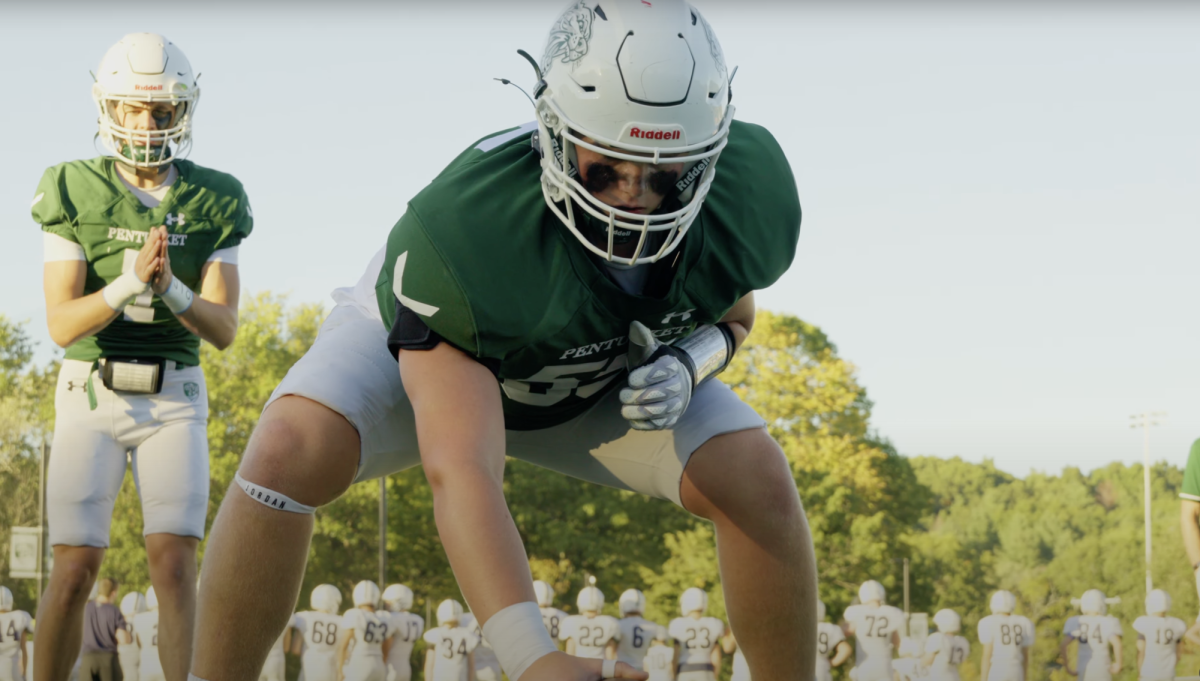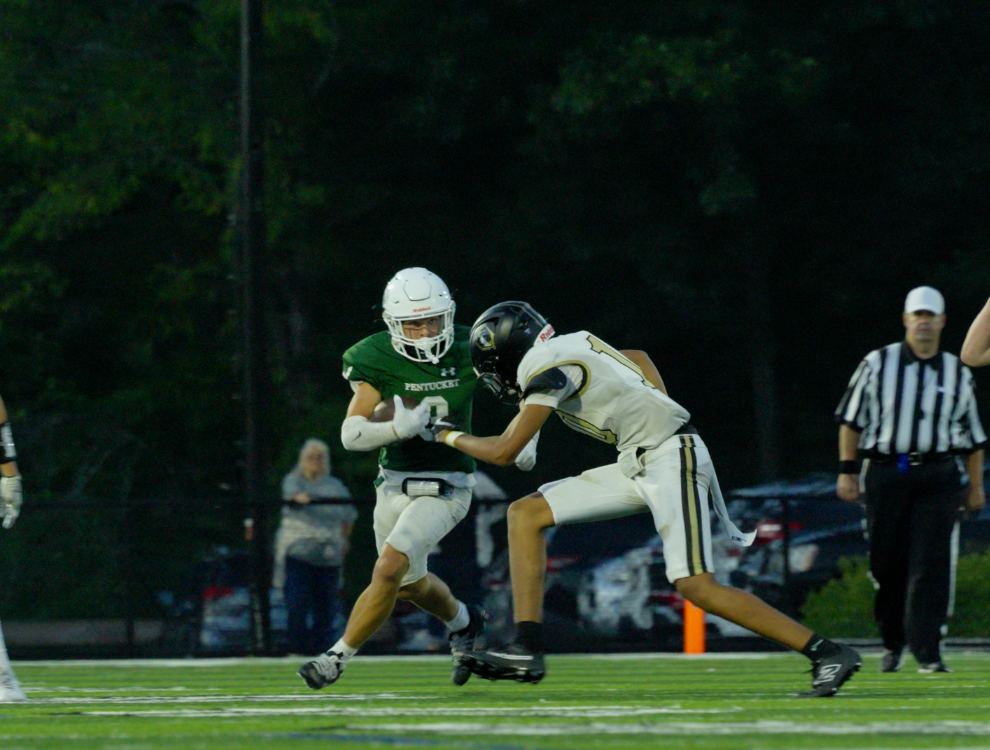There is a lot of debate on whether men’s and women’s sports are truly equal in 2023. In 1972 the Title IX sports law was passed to try and help this issue but still now, in 2023, women have to deal with the injustices that are in the sports industry today. Should we be doing more as a community? What can be done? Will this problem ever truly be solved?
Is the Title IX Law well used in our high school?
Student and Athlete, Brighton Seymour responded with, “No because football always gets the stadium and gets priority over other sports. For example, the football team just had a regular high school game and the girl’s soccer team had a playoff game and couldn’t play under the lights. The boy’s soccer team always gets to play second under the lights, and girls have to play first.”
Pentucket athletic director, Dan Thornton, said “Pentucket does a great job to ensure that there are equal opportunities for all students to participate in sports that they enjoy playing. It doesn’t necessarily have to be equal in terms of sports offered. For instance, during the fall, we have a football team which is popular with the boys at Pentucket and we can have 60-80 student-athletes participating. We don’t offer girls’ football but we do offer Field Hockey and Volleyball which, together, also have approximately 60-80 student-athletes participating.”
Sports Funding:
In 2022 a gender inequality report by the NCAA stated “Men’s D1 college teams receive twice as much funding as women’s teams at the same level.”
How is this fair?
Liam Hammond was asked this question and his response was, “Yes because they get better equipment/supplies which help them get better.”
Student athlete, Brighton Seymour was also asked this question and she responded, “It depends on whether you have a good coach or not.” Seymour added, “The #1 determiner of success in sports is the coach and your work ethic.”
Thornton was asked the same question and he said, “In terms of funding, of course, schools and institutions with more money tend to have better facilities and equipment so that’s why no matter where you are, or what funding is available, it has to be dispersed equitably.” Mr. Thornton believes that when sports are more expensive to run, like football and hockey, the equipment and field/ice rentals are more expensive compared to tennis or golf which are less expensive.
Real-life examples:
- Men NBA: $10,776,383
- Women WNBA: $113,295
- Men’s Soccer: $471,279
- Women’s Soccer: $54,000
Difference in number of viewers (popularity):
Around 1.5 billion people watched the men’s World Cup game in 2022(according to FIFA) (and 5 billion watched the tournament as a whole. The 2019 Women’s World Cup game only had 260 million viewers and 1.12 billion in the tournament in all.
Are children pressured to do certain sports based on their stereotypical body type of boys and girls?
Boys are stereotyped to be stronger, more powerful, and faster than girls so they are pressured to play soccer, football, wrestling, golf, ex..
- Males have 4-12% body fat
- Women have 12-25% body fat
- Males develop large skeletal muscles, hearts, and lungs, and have a greater number of red blood cells.
Women on the other hand are stereotyped to be more fragile, graceful, and lady-like so they are pressured to do dance, gymnastics, and cheerleading.
What does Pentucket think about this issue?
Luke Pergola, another athlete at Pentucket, was asked this question and he said, “Yes, because their parents follow stereotypes.” Pergola also added that because boys are thought to be stronger and faster than girls, they are pushed into more “masculine” type sports.
Do men and women have equal opportunities in the sports industry?
When student-athlete, Liam Hammond, was asked this question, he said, “No, they don’t get paid the same and girls have fewer opportunities than men do because of the number of viewers they get.” Hammond believes more viewers equals more opportunity.
Thea Scata, another athlete at Pentucket, was also asked this question and she said, “No, I feel men have more opportunity to make it professionally sports-wise because there were no professionally well-paid women’s leagues compared to men. And it may feel unfair to us.”
Thornton was asked this question and said, “In terms of the sports industry as a whole, no, it has historically been a male-dominated industry. We are starting to see more women involved…NFL referees, commentators for MLB, NFL, MLB, college, etc. We still don’t see many women involved in the higher leadership positions though…general managers of professional teams, coaches, etc. I think we are getting there in some ways but the trend is slow.”
Conclusion:
Let’s hope the future holds more equality in the sports industry.

















